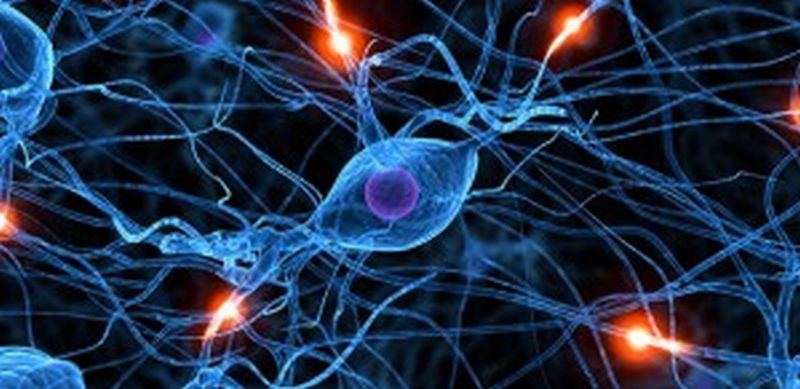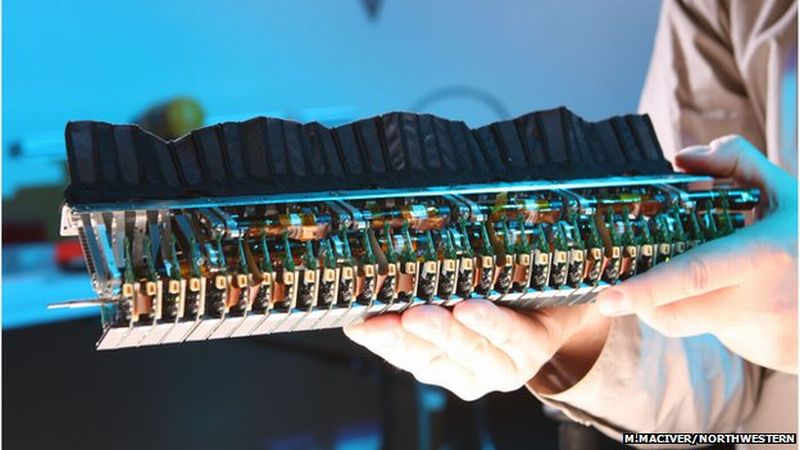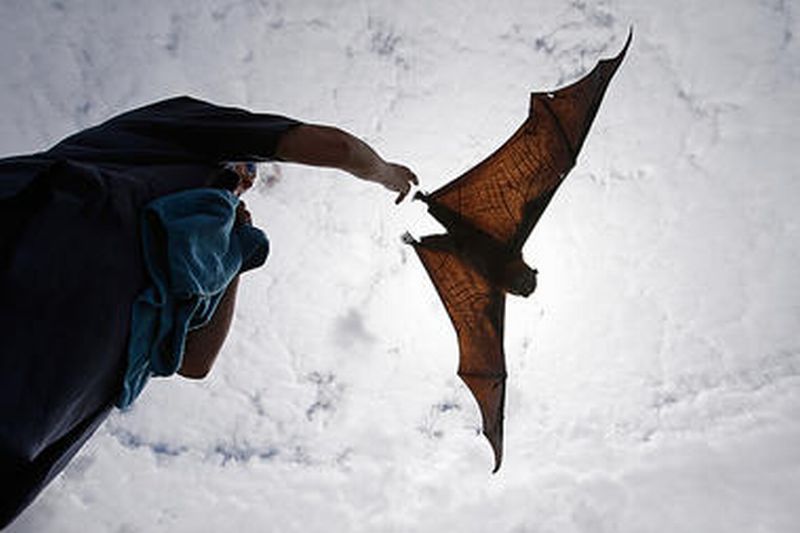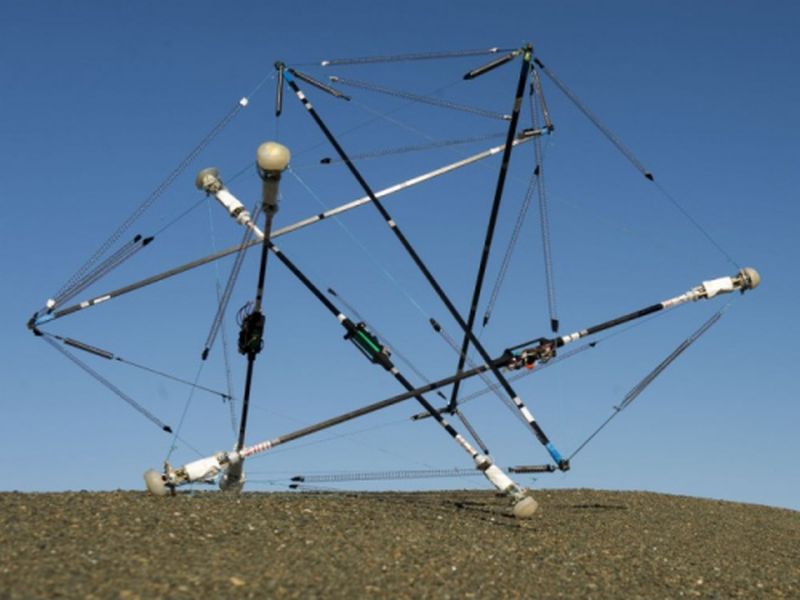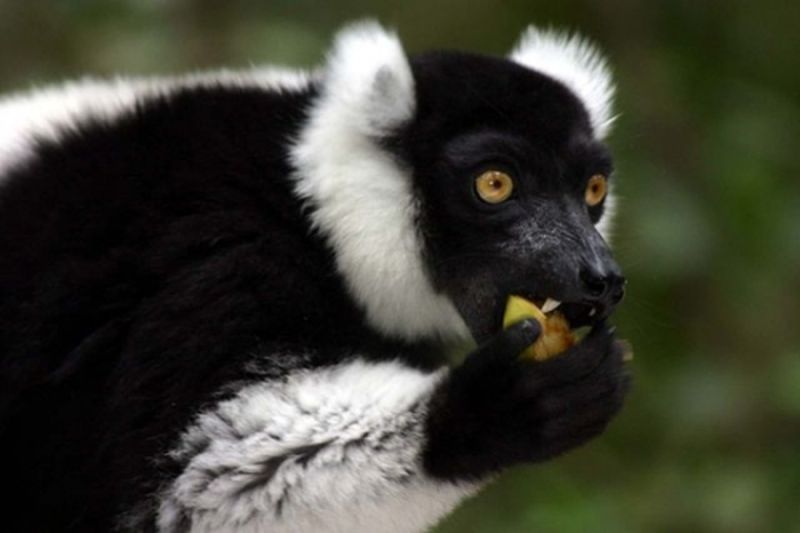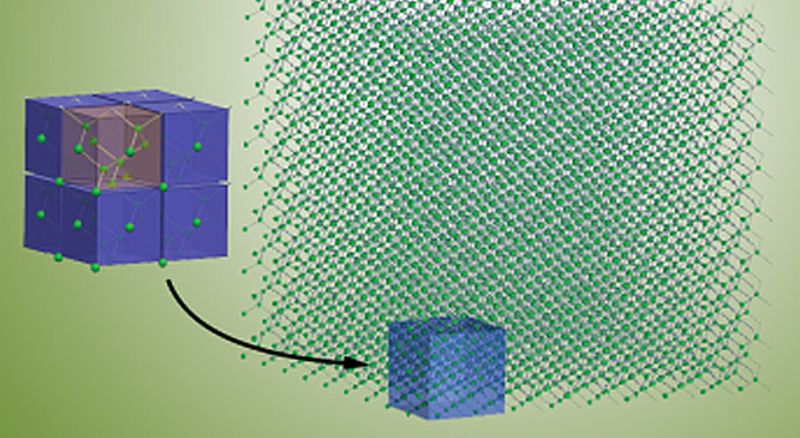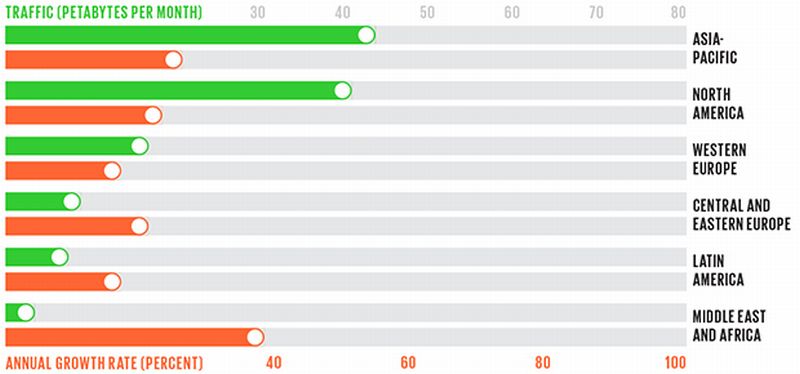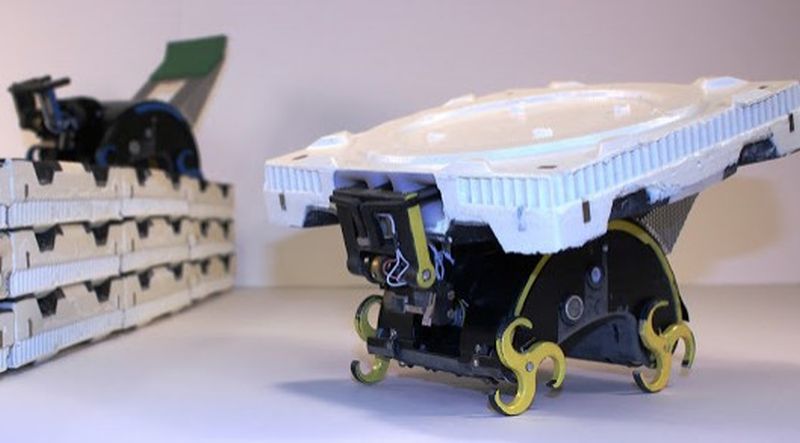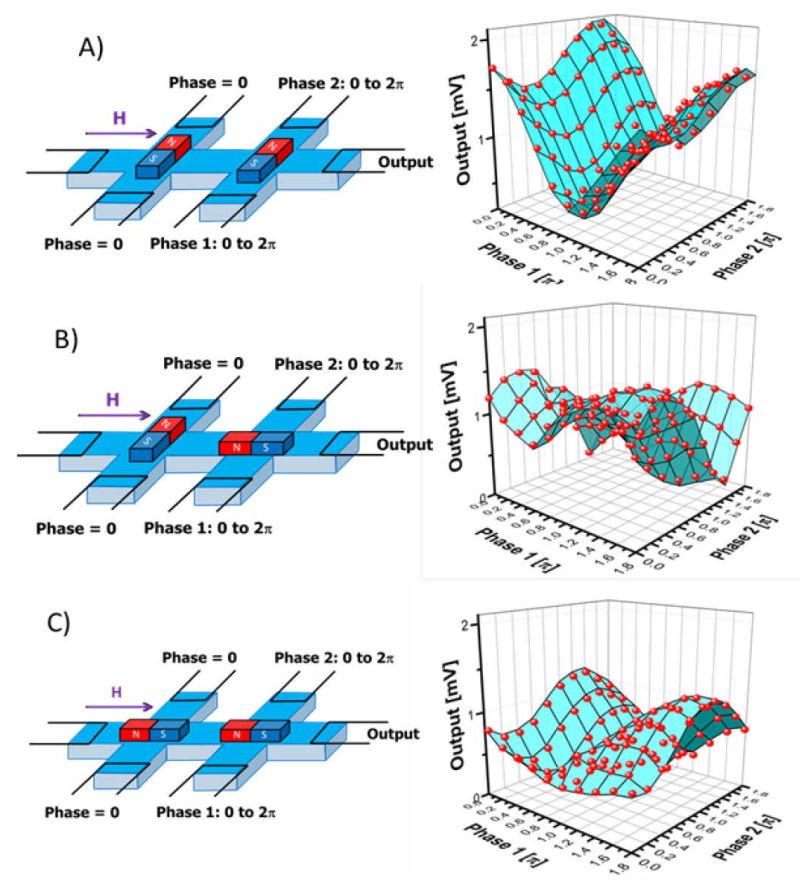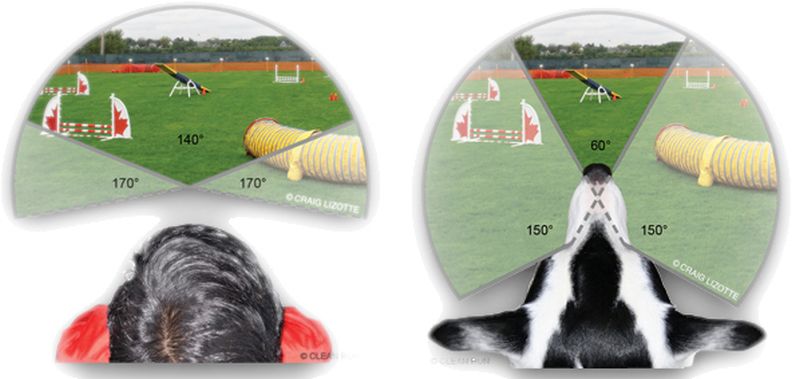With an increasing use of robotics in various fields, more and more vital information are being transferred to these bots. Sharing information with these machines might seem grandeur but its brings along the challenge to safeguard the information stored in the robots from being hacked or being shared by others. British researchers to explore different ways of preventing these stored data are carrying out a three-year project worth 2 million pound.
Read MoreTag: research
Learning Changes Brain Cell Connectivity
A new discovery has been achieved in the world of neurology. Scientists have made progress in better understanding what happens inside our brains when we learn or remember information. According to the University of British Columbia research team, molecular changes are observed in the brain when one learns or remembers. Such changes occur in the brain’s chemistry as fatty acids attach to delta-catenin (a protein important for normal cognitive development- Wikipedia) upon learning new things, which ultimately alters brain cell connectivity coupled with learning and memory. The study was conducted…
Read MoreGhost Knifefish Inspired Autonomous Underwater Vehicle: Biomimicry
In an attempt to design an underwater vehicle that can go into the depths of ocean, which are not, accessible or not safe for humans to dive in, scientists are studying the Ghost knifefish method of locomotion. The fish are known to hunt in the murky water of the Amazon basin with precision and to sense the environment, rely on the current that they pass through the water and whirl their long fin for smooth motion to move both horizontally (forward and backward) as well as vertically.
Read MoreFlowing Water on Mars: Still Hard to Prove
Presence of water on Mars has been always a topic of discussion for the researchers. Even though it is still not confirmed, whether the Red planet ever possessed water. Since 2011, peculiar strips (possibly water) have been noticed to appear and then disappear from the planet’s surface. Lujendra Ojha, the then scholar at the University of Arizona, first discovered these mysterious strips.
Read MoreBiomimicry: Robotic Bats Might Fill the Skies Soon
According to a recent study, the manner in which bats flap their wings could actually be the source of inspiration for the upcoming designs of flying robots. The researchers investigated the way the fruit bats made use of their wings for manipulating the air around them. By developing the correct understanding of the functioning of these processes in nature, the engineers could practically come up with the design of small flying robo machines called the micro air vehicles. According to Danesh Tafti, from Virginia Tech, bats comprise of varied shapes…
Read MoreSuper Ball Bot: NASA’s Latest Space Rover
The National Aeronautics and Space Administration (NASA) keep coming up with new era robots that can be sent to space for exploration. There are certain limitations in each design such as time taking research, clumsy motions and prone to damage. Therefore, NASA is trying to design a bot that can transform the traditional way robots perform work assigned to them here on our planet or in the space. They are aiming to build a Super Ball Bot, which looks more like a motor fitted in between a mesh of rods…
Read MoreToro-Bots: The Movable Garden Lamps in Your Garden
We all have seen beautifully maintained gardens with flowers, plants, colored pots, lamps statues and so on. But I am sure no one might have seen a garden with robots moving around and also taking care of it. The adorable looking robots with lights on the top and too many limbs are known as Toro Bots, created by the Japanese, are basically garden lamps that are capable of moving around in your garden of their own. And they are surely going to turn heads and attention towards your garden.
Read MoreDogs and Humans Both Have Dedicated Voice Areas: A Research
A recent Hungarian study proved that dog’s brains, similarly to humans’, have areas that are dedicated to recognizing emotional cues in voice. The study was conducted by Attila Andics of the MTA-ELTE Comparative Ethology Research Group in Hungary. Anidcs said that “Dogs and humans share a similar social environment,” “Our findings suggest that they also use similar brain mechanisms to process social information.” “This may support the successfulness of vocal communication between the two species,” he added. The study was made possible by training 11 dogs to lay still throughout the…
Read MoreEating Seasonal Fruits Gives Cognitive Edge: A Research
Fruits are good for maintaining a healthy body as well as a healthy mind, is a fact that almost everyone knows. A research conducted to understand the genesis of intelligence in the primates also confirms the same. Researchers have found that the lemurs gorging heavily on fruits show better cognitive abilities than the lemurs that feed on a variety of food such as leaves, insects, seed and so on. The finding supports the notion that eating seasonal fruits or fruits that are difficult to get, gives certain cognitive edge to…
Read MoreResearchers Leverage Lattice Dynamics to Conserve Thermoelectric Energy
It’s been quite some time since researchers were working on the property of thermoelectric material and lately, they were able to develop a prototype that allows electricity to pass through while heat transfer but maintains insulation at the same time. They were able to do this by placing an arrangement of nanopillars on top of the thermoelectric material; to conduct the experiment the material they took was a thin film of silicon. Effect that thermoelectricity produces refers to a phenomena, where electricity is produced due to the temperature variation between…
Read MoreThe Zettabyte Era: IP Traffic in 2017
As per ISPs worldwide scrutiny, Cisco predicts that by 2017, yearly global Internet traffic will escalate to 1.4 zettabytes, which is equivalent to 1021 bytes. While in 2012, the traffic was around 1018 bytes that happens to be 528 exabytes. Researchers claim that videos alone would be able to fetch nearly 90 percent of traffic along with machine-to-machine communication and the explosion of mobile devices contributing to the high tide. Wave of mobile devices including the Smartphone sales in Mid East and Africa will also run in the boom drive.…
Read MoreTermites Inspire Crew of Tiny Autonomous Bots: Biomimicry
Inspired from termites, which are usually known for causing damages to the buildings, researchers from Harvard University have created a crew of tiny robots that are designed to work autonomously. The bio-inspired robots termed as TERMES can work without any central supervision and can carry bricks to construct structures as towers, castles and pyramids.
Read MoreQuest To Design Jellyfish Robot: Propulsion Movement Under Research
Animals have always inspired our scientists, whether it is in the field of medicine or robotics. Robots based on animal movement are not a new concept because animals perform activities more efficiently and proficiently, that are not yet achievable in our robots. In another animal inspired, jellyfish robot, researchers studied different animals from small creatures like moth to the largest like humpback whales, to understand how animals moved through water or air, with minimal transport cost. They discovered that the secret about their movement lies in the way these animals…
Read MoreMagnonic Holographic Technology: Revolutionizing Logic and Memory Devices
Taking storage technology to the next level, researchers the University of California, Riverside Bourns College of Engineering and Russian Academy of Science have developed a holographic memory device, which would revolutionize the capacity for data storing and data processing proficiencies in e-devices. The new storage device makes use of spin wave propagation than the optical beam. Compatibility with the current and upcoming e-devices along with its operation at a shorter wavelength makes spin wave a promising candidate for smaller electronic devices over the optical devices.
Read MoreCats And Dogs Are Equipped With UV Vision: Is It The Sixth Sense?
Lately, a research has revealed that many animals, including cats, dogs and some other mammals has the ability to see things that are not visible to human eyes. Biologists at City University and University College in the U.K, Ron Douglas and Glen Jeffery say that the secret that empowers these animals to view things is their ability to detect ultraviolet light.
Read More

